BOSTON — #NASA is canceling the lease for the offices of a branch of the Goddard Space Flight Center in New York that does Earth science research.
In an April 24 email to Goddard employees, Makenzie Lystrup, director of Goddard Space Flight Center, said that the lease the agency has for office space in a Columbia University building will end May 31. Those offices host the Goddard Institute for Space Studies (GISS), part of Goddard’s Earth science division.
Lystrup said the decision to terminate the lease was linked to ongoing reviews by the current administration of all government leases, but did not give further details on the decision, including whether it was made by NASA or outside the agency, such as the Department of Government Efficiency.
GISS has been in New York since its founding in 1961, established there “on the premise that conducting theoretical research in the space sciences would be facilitated by being near the leading universities in the greater metropolitan area,” GISS explains on its website. It has been in its current offices, in a building known as Armstrong Hall, since the late 1960s.
GISS is best known for its work in climate sciences, modeling changes caused by natural and human-made phenomena. The institute has been led since 2014 by Gavin Schmidt, a climate scientist who served as the agency’s acting senior climate adviser in 2021. More than 130 people work at GISS, according to an online staff directory.
NASA leases more than 4,000 square meters (43,000 square feet) in the building, paying an annual rent of $3.03 million, according to data from the General Services Administration confirmed by a NASA spokesperson. That lease was set to run through August 2031.
While NASA is terminating the lease on the GISS offices, it is not closing the institute itself. Lystrup said in the email that it will help employees move “to remote work agreements in the short-term as the agency seeks a new, permanent space for the team.”
“And while the lease is ending, the Institute’s mission continues,” she added. “The work of the GISS team is considered critical for the Earth Science Division, particularly as the Division looks to the future of its modeling work and capabilities.”
However, agency sources said they are concerned that GISS could become a victim of budget cuts. A draft “passback” budget proposal for NASA delivered to the agency earlier this month by the Office of Management and Budget proposed cutting NASA’s Earth science budget by more than 50% to about $1 billion in fiscal year 2026.


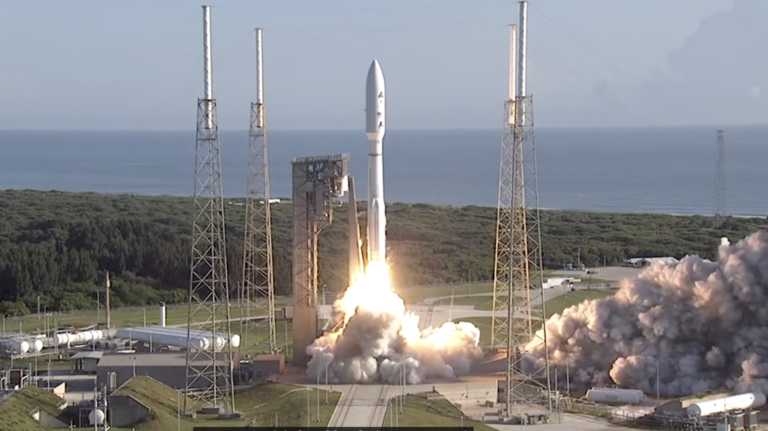



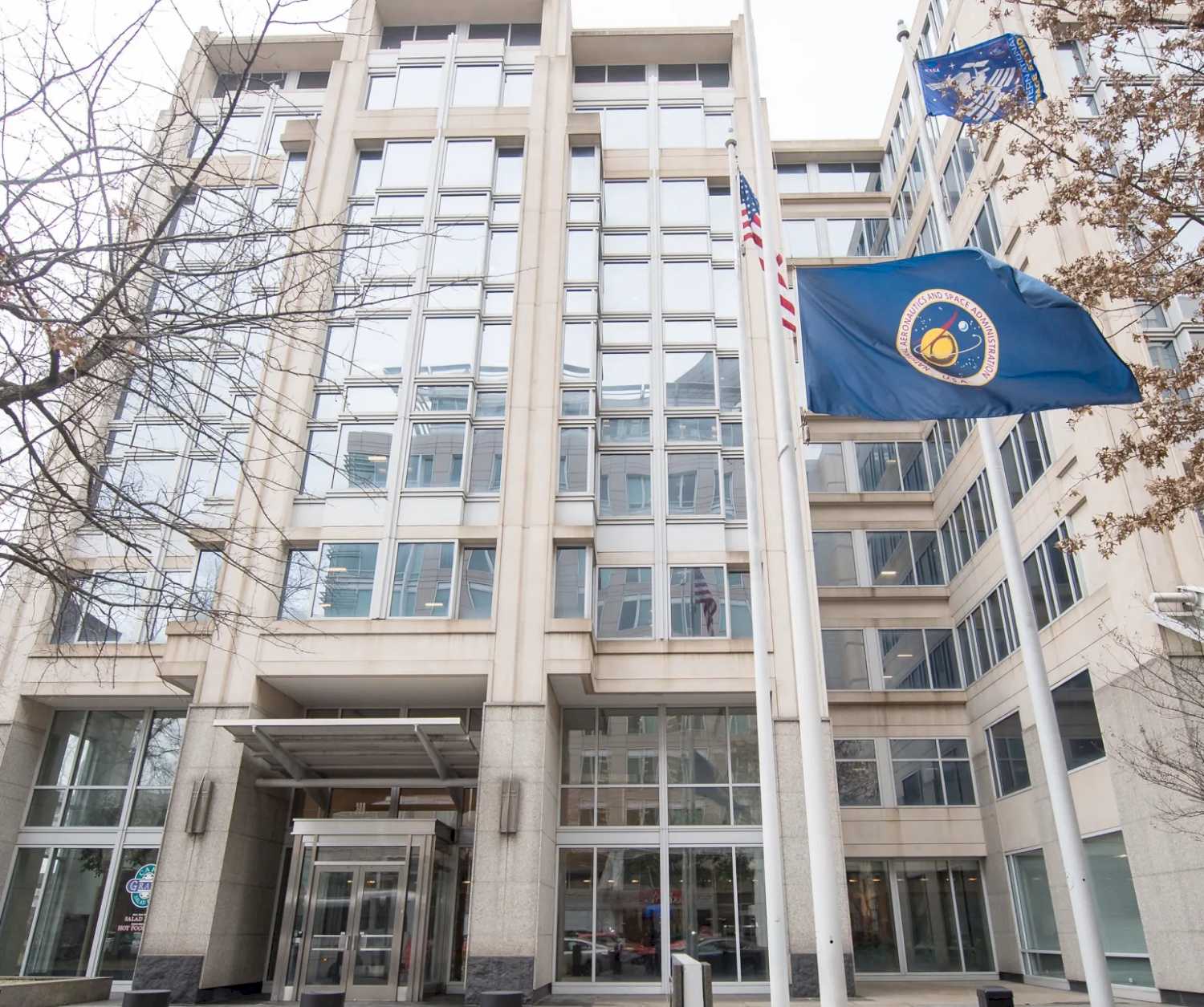
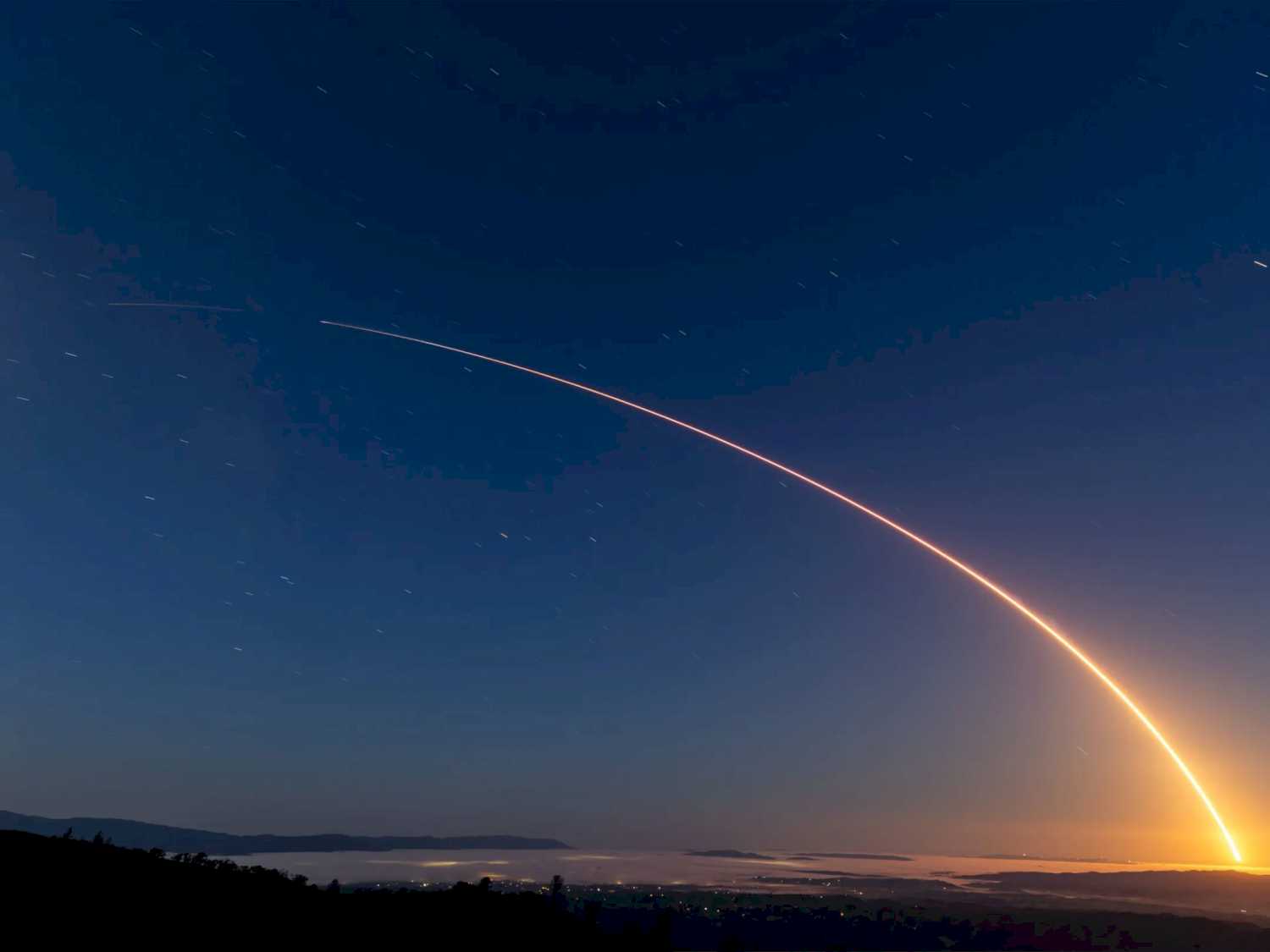
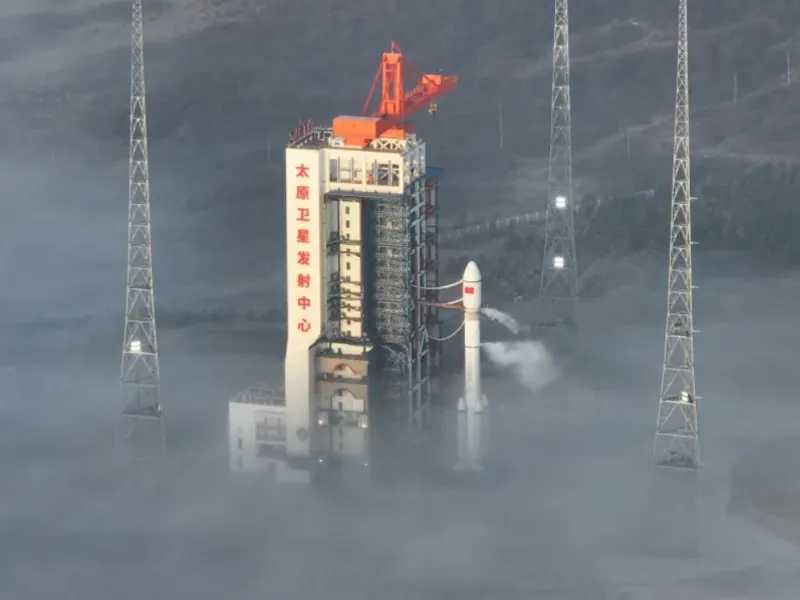
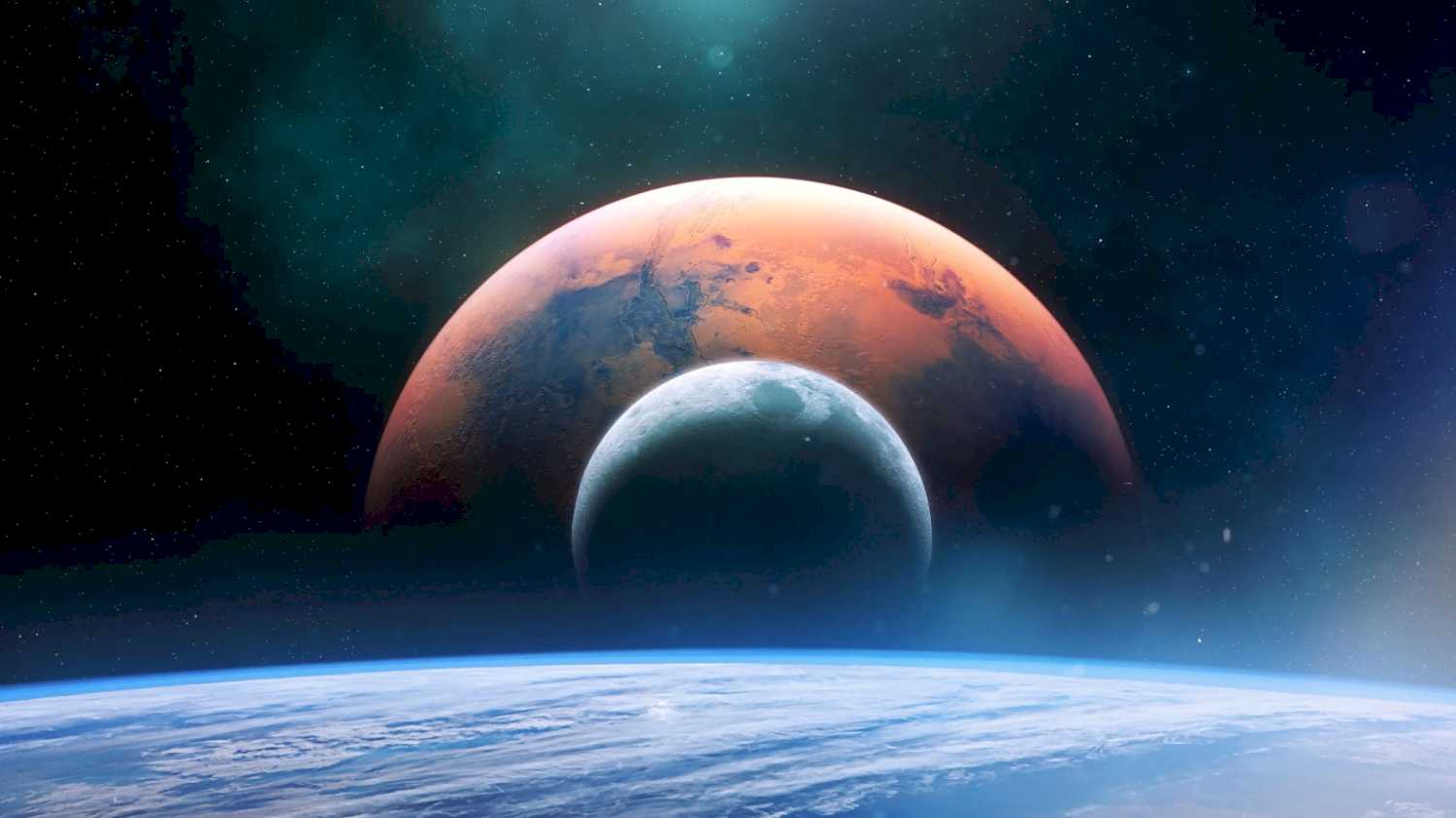
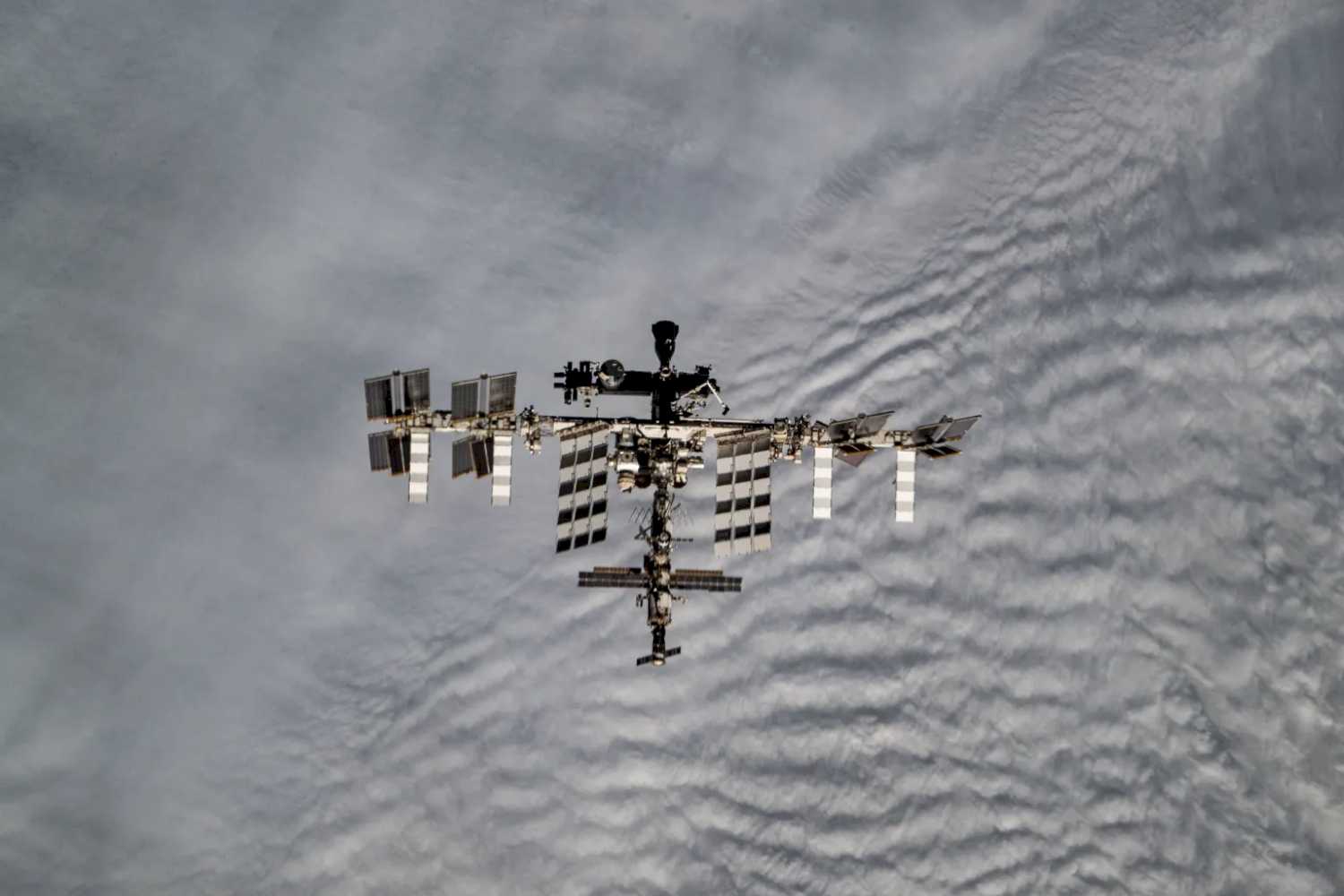
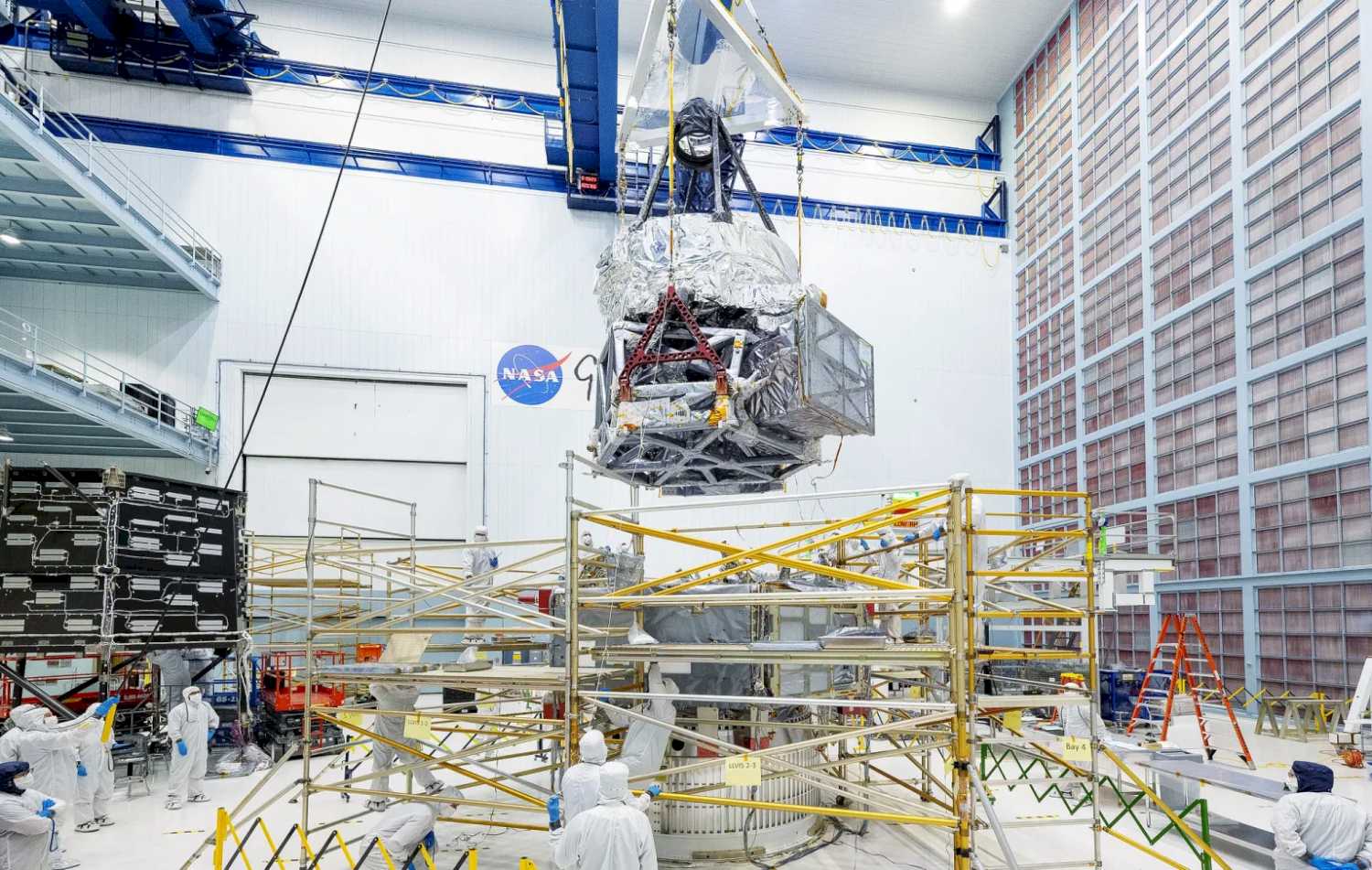
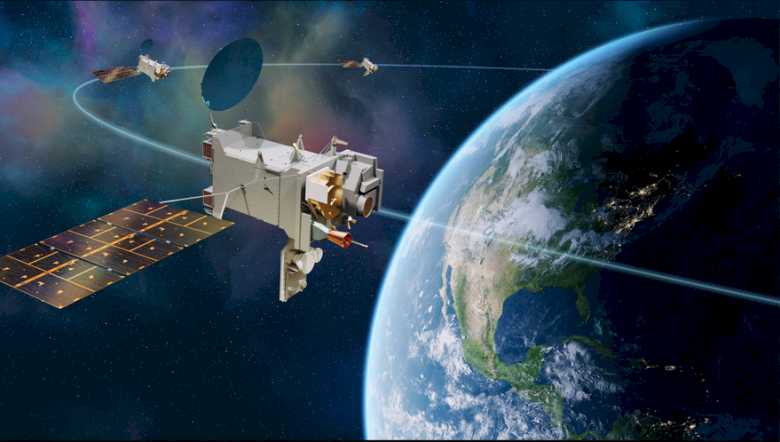
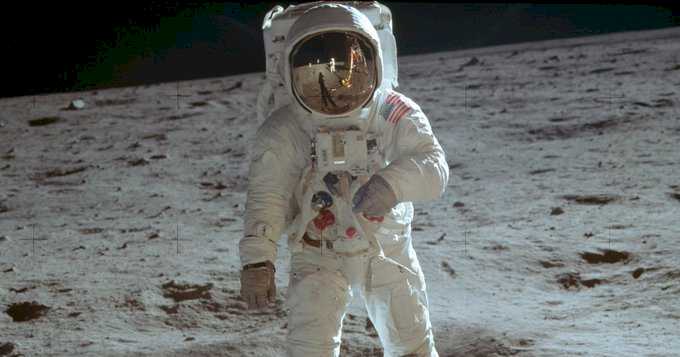
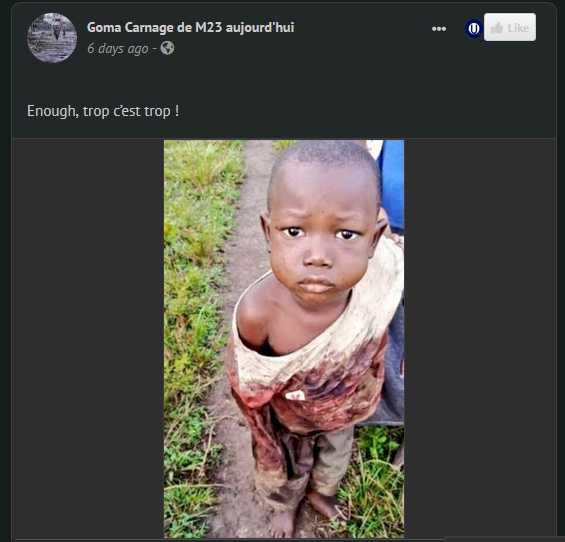


Space news on Umojja.com